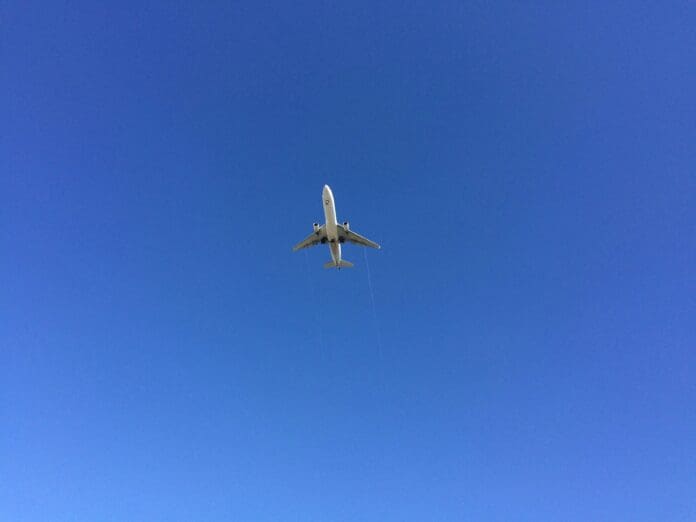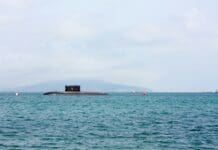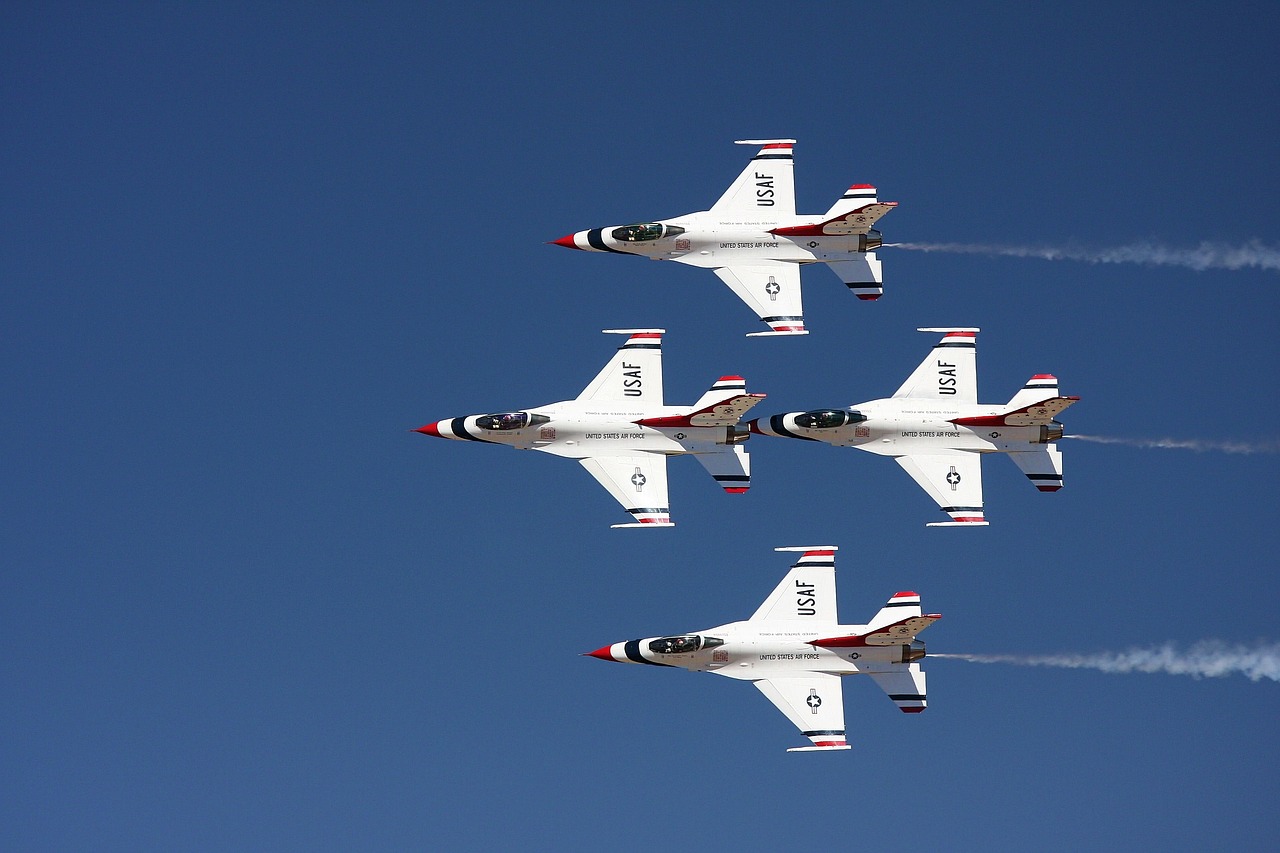This post is also available in:
 עברית (Hebrew)
עברית (Hebrew)
Autonomous aircraft face a persistent limitation: electric vertical takeoff and landing (eVTOL) vehicles are typically constrained by battery capacity, limiting their payload and range. This restricts their use for longer missions, including logistics, surveillance, and other operations that require endurance beyond current electric air taxis.
Joby Aviation recently achieved a milestone by flying its new turbine-electric, autonomous VTOL demonstrator at its Marina, California facility. The aircraft integrates a hybrid turbine-electric powertrain with the company’s SuperPilot autonomous flight system, building on the company’s existing electric air taxi platform. The hybrid configuration is specifically designed to carry heavier loads and travel greater distances than all-electric models, addressing the endurance and payload challenges that have limited eVTOL operations.
The aircraft’s hybrid design allows it to operate in a range of scenarios where conventional battery-powered aircraft fall short. This includes urban air mobility for extended air taxi routes and military applications such as logistics, reconnaissance, and unmanned support missions. In collaboration with defense contractor L3Harris Technologies, the demonstrator will also be equipped with sensors, communications systems, and mission-specific payloads to support contested logistics, loyal wingman operations, and low-altitude unmanned missions.
According to Interesting Engineering, during testing, the company and contractor emphasized the system’s dual-use potential: the technology not only advances commercial operations but also accelerates the deployment of next-generation VTOL capabilities to U.S. forces. The aircraft’s autonomous SuperPilot system, developed over the past five years, has already been demonstrated on long-range flights, including over 11,000 kms of remote operations from Andersen Air Force Base in Guam.
The new VTOL platform combines vertical agility, hybrid propulsion for extended range, and advanced autonomous control, offering flexibility for operations where runways are unavailable and human intervention is limited. Continued ground and flight testing is planned ahead of operational demonstrations with U.S. government customers in 2026.
This milestone reflects broader defense interest in unmanned and runway-independent platforms, as the U.S. government has requested more than $9 billion in its 2026 budget for next-generation autonomous aircraft. Hybrid VTOL systems like the company’s demonstrator could significantly enhance military logistics, reconnaissance, and unmanned support capabilities, while also contributing to the growing civil air mobility sector.


























